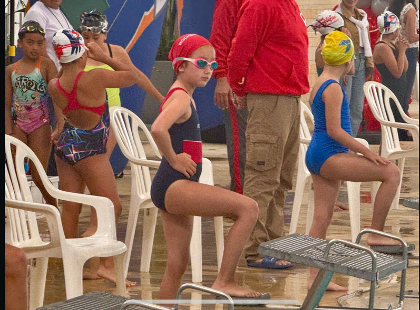Reducing Food Waste Campaign- World Religions Class – HighSchool
- Juan Camilo Cortés Arbelaez
- 18 abr 2022
- 3 Min. de lectura
During the World Religions class with teacher Celina Rojas, together with my classmates, we worked on the unit called: For a Piece of Bread. The central theme was about the production of food waste. During the lesson, we introduced the topic by doing a thinking routine, where we looked for images related to different situations faced by people around the world, including topics such as: malnutrition, famine, food insecurity, among others. With the images already selected by each of us, we did the activity of answering the questions: What do I see? What do I think? and What do I feel? We socialized the answers among ourselves and were able to listen and understand what our classmates thought when they saw the different images.
Then, we did the Labyrinth of Malnutrition activity. Through it, we were able to learn the story of a child named Tabán. Tabán represents the 2.2 million children and other inhabitants of South Sudan, who, due to different social, cultural and political conflicts, face a serious food and nutrition crisis every day. With this activity, we learned more about the causes and effects of the situation facing a specific country, in this case being South Sudan. We also formulated some questions that arose from reading and carrying out the activity.
Finally, the final product of the unit was to create a campaign to reduce food waste production. Prior to the creation of this, we took a tour of the school, where we learned about the entire food process in our school, from the beginning of its preparation to what goes on after we leave the tray. From this, in teams, we created the campaigns, which were presented in different ways (presentations, infographics, videos). All campaigns include a symbol or logo, along with a slogan related to the message to be conveyed through the campaign. Also, there is at least one objective stated in order to identify what is to be achieved and at least two solutions to reduce waste.
Next, we will present the campaigns that each of us created based on what we learned, proposing valuable solutions that can be applied within our Rochesterian community and in our homes.
Valerie Villegas Toledo Eleventh Grade Student
Resumen: Durante la clase de Religiones del Mundo con la profesora Celina Rojas, junto con mis compañeros, trabajamos en la unidad llamada: Por un pedazo de pan. El tema central fue sobre la producción de desperdicios de alimentos. Durante la lección, introducimos el tema haciendo una rutina de pensamiento, donde buscamos imágenes relacionadas con las diferentes situaciones que enfrentan las personas alrededor del mundo, incluyendo temas tales como: desnutrición, hambruna, inseguridad alimentaria, entre otros. Con las imágenes ya seleccionadas por cada uno de nosotros, hicimos la actividad de responder las preguntas: ¿Qué veo? ¿Qué pienso? y ¿Qué siento? Socializamos las respuestas entre nosotros y pudimos escuchar y comprender lo que nuestros compañeros pensaban al ver las diferentes imágenes.
Luego, realizamos la actividad del Laberinto de la desnutrición. A través de este, pudimos conocer la historia de un niño llamado: Tabán. Tabán representa a los 2,2 millones de niños y demás habitantes de Sudán del Sur, quienes por diferentes conflictos sociales, culturales y políticos se enfrentan día a día a una situación grave de crisis alimentaria y nutricional. Con esta actividad, conocimos más a fondo las causas y efectos de la situación que enfrenta un país específico, en este caso siendo, Sudán del Sur. También formulamos algunas preguntas que suscitaron a partir de la lectura y realización de la actividad.
Por último, el producto final de la unidad era crear una campaña para reducir la producción de desperdicios de alimentos. Previo a la creación de esta, realizamos un recorrido por el colegio, donde conocimos todo el proceso de los alimentos en nuestro colegio, desde que empieza su preparación hasta lo que va después de que dejamos la bandeja. A partir de esto, en equipos se crearon las campañas, las cuales fueron presentadas de diferentes formas (presentaciones, infografías, videos). Todas las campañas incluyen un símbolo o logo, junto con un lema relacionado con el mensaje que se quiere transmitir a través de la campaña. También, hay mínimo un objetivo planteado con el fin de identificar qué se quiere lograr y mínimo dos soluciones para reducir los desperdicios.
A continuación, se presentarán las campañas que cada uno creó a partir de lo aprendido, proponiendo soluciones valiosas que se pueden aplicar dentro de nuestra comunidad Rochesteriana y en nuestras casas.




ความคิดเห็น